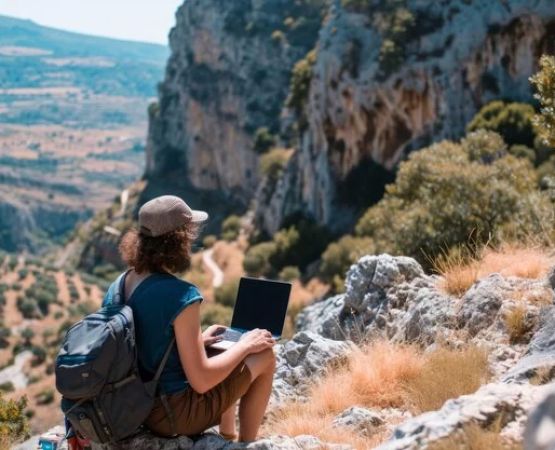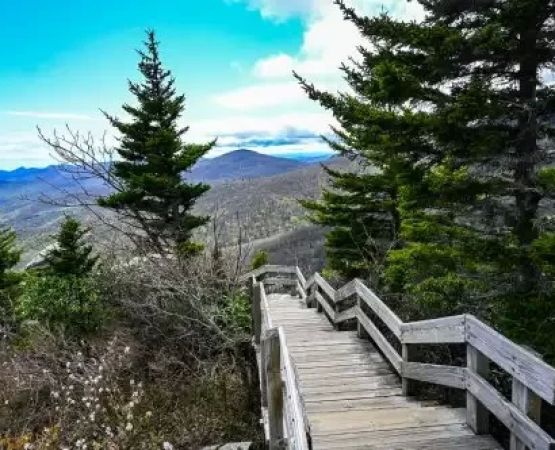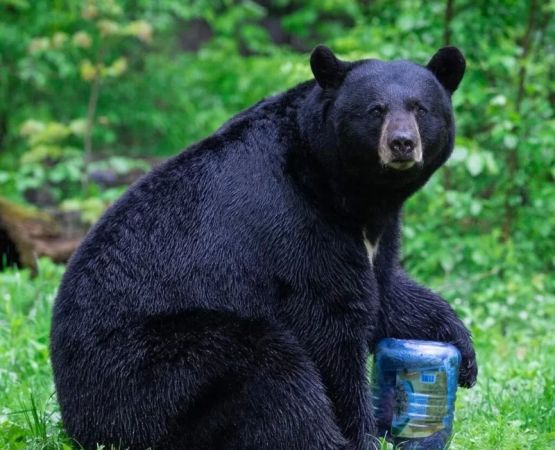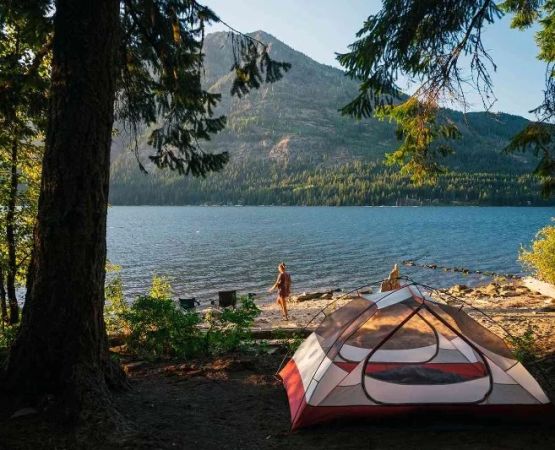1. Stay Hydrated
When camping in hot weather, one of the most important tips is to stay hydrated. Hot temperatures can lead to dehydration quickly, so it's essential to drink plenty of water throughout the day. Bring along a large water bottle, and don't wait until you're thirsty to drink. Keep track of your water intake, especially if you're hiking or engaging in physical activities. Add a pinch of salt to your water for electrolyte balance, or consider using hydration tablets. Not only will staying hydrated keep you feeling energized, but it will also help your body cope with the heat.
2. Choose the Right Campsite
The location of your campsite can make or break your hot-weather camping experience. Look for shaded areas that provide natural relief from the sun. Choosing a spot near a water source like a lake or river can also be beneficial, as the cooler air around these bodies of water will help keep temperatures lower. Be mindful of your campsite’s elevation too—higher altitudes tend to be cooler. Avoid setting up camp in low-lying areas where the heat can get trapped. If you're unsure about where to set up camp, ask local rangers or experienced campers for their advice.
3. Wear the Right Clothing and Gear
In hot weather, your clothing can play a major role in keeping you comfortable. Opt for light, breathable fabrics such as cotton or moisture-wicking materials. Choose light-colored clothes that reflect the sun rather than absorbing it. A wide-brimmed hat and sunglasses can protect your face and eyes from direct sunlight, while breathable shoes will keep your feet cool. Don't forget to pack a cooling towel that you can dampen and place around your neck or on your forehead for quick relief. Consider bringing a lightweight tent with good ventilation to ensure airflow inside your shelter.
4. Sun Protection
Exposure to the sun in hot weather can be dangerous, leading to sunburns, heat exhaustion, or even heat stroke. Protect your skin by using sunscreen with a high SPF rating. Reapply sunscreen every few hours, especially after swimming or sweating. Don't forget areas like the back of your neck, ears, and the tops of your feet. Another effective way to stay protected from the sun is to wear clothing with UV protection or use an umbrella for shade. Be mindful of the hottest parts of the day, typically between 10 a.m. and 4 p.m., and seek shelter during these hours if possible.
5. Use Cooling Techniques
Camping in hot weather can be tough, but there are many ways to cool down. One technique is to create a DIY cooler using a damp cloth and placing it in front of a fan. You can also cool down your sleeping area by using a hammock or tent with breathable mesh sides. After a long hike, soak your feet in cool water or take a dip in a nearby stream or lake. Many campers also swear by cooling vests and personal misting fans, which can help lower your body temperature on particularly hot days. Don’t forget to rest during the hottest parts of the day to give your body a break.
6. Real-life Experience of Camping in Hot Weather
Last summer, I went camping in a desert region during a heatwave. It was a memorable experience, but there were definitely challenges. I had to be mindful of my water intake at all times, carrying extra water bottles as a precaution. My campsite was next to a river, which kept the surrounding air cool in the mornings and evenings, but the midday sun was intense. One of my most valuable lessons came when I realized I hadn’t packed enough sun protection. A burn on my shoulders kept me inside my tent during the hottest part of the day. From this experience, I learned to prioritize staying hydrated, protecting my skin, and choosing shaded campsites. Despite the heat, I also found joy in exploring during the cooler times of day and enjoying the unique beauty of the desert landscape. If you're planning to camp in similar conditions, be prepared and make sure to follow these tips for a safe and enjoyable adventure.






